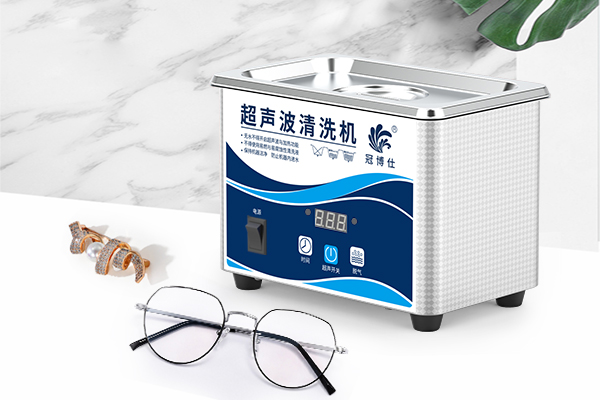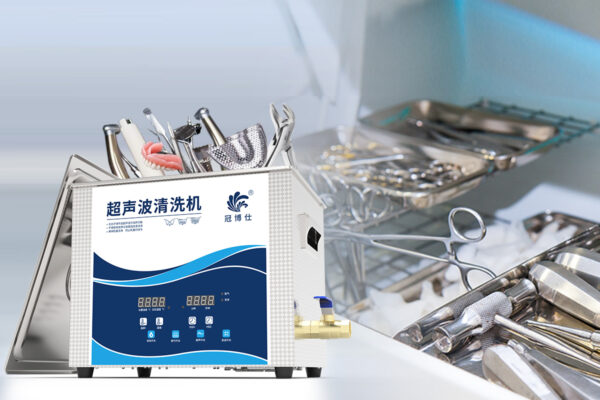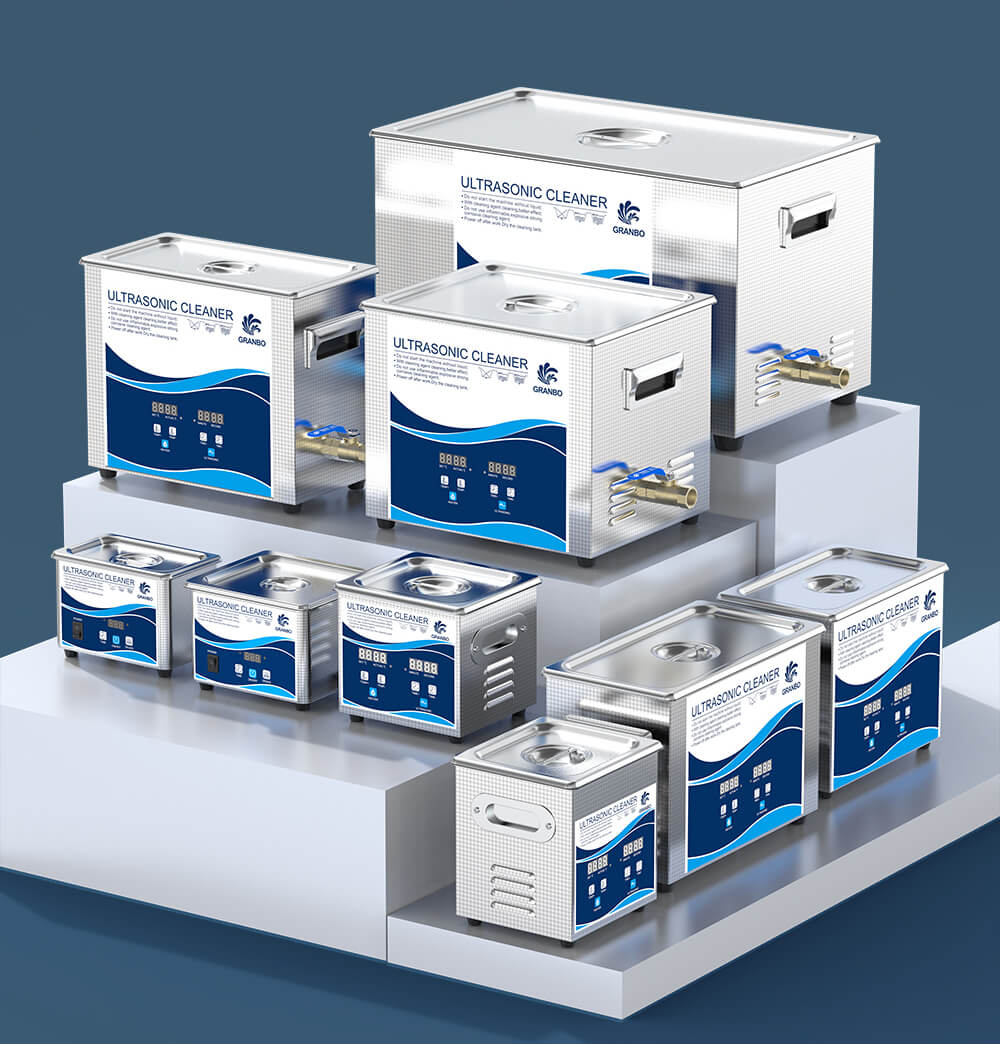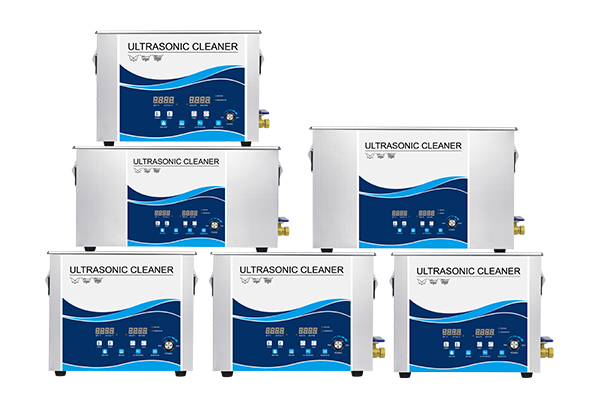The feeling of clean braces—really clean—is unmatched. That moment when food particles, plaque, and hidden grime are washed away is as much about comfort as it is about hygiene. But anyone who’s worn braces knows that keeping them clean can be exhausting. Flossing around brackets. Brushing meticulously. Using special interdental brushes. It takes time, effort, and a touch of obsession.
Now, imagine if a machine could do it for you. Quietly. Thoroughly. In just a few minutes.
That’s the promise of ultrasonic cleaning. But here’s the real question: Can you use an ultrasonic cleaner to clean your braces? The answer, like your favorite orthodontist, is honest—but not always simple. Let’s unpack what ultrasonic cleaning is, how it works, and whether it belongs in your daily dental routine.
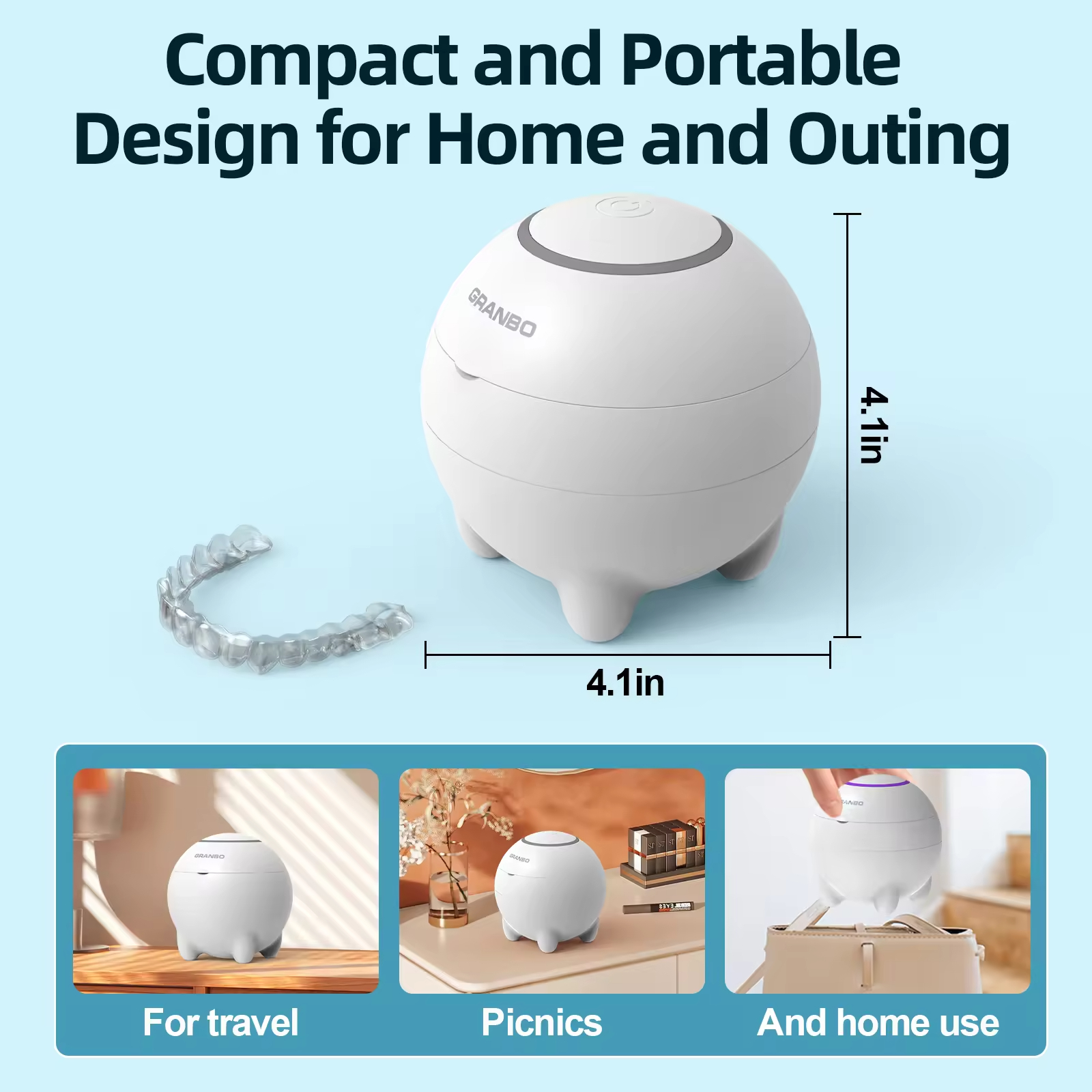
Why Cleaning Braces Properly Is Crucial
Braces are a haven for bacteria. Every bracket and wire creates a micro-niche where plaque accumulates. Miss these areas too often, and you’re not just risking bad breath—you’re staring down cavities, gum inflammation, and white spot lesions (early-stage enamel damage).
Orthodontists emphasize that even the most high-tech braces can’t prevent damage if poor hygiene gets in the way. It’s not just about aesthetics—it’s about oral health, long-term confidence, and protecting the investment of months (or years) of orthodontic care.
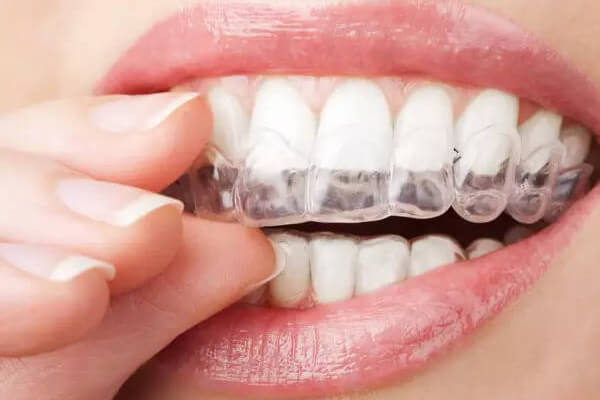
Everyday Cleaning vs Deep Cleaning Needs
Daily brushing and flossing are your first defense. But even with perfect form and the best tools, there’s only so much you can remove with bristles and floss. Biofilm, the sticky matrix of bacteria that clings to dental surfaces, can be surprisingly resilient—especially in those hard-to-reach corners around brackets and under archwires.
Some people soak removable braces or aligners in denture tablets or hydrogen peroxide—but these methods are inconsistent and may not fully remove deep-seated grime. This is where ultrasonic cleaning enters the chat: an alternative that promises non-invasive, microscopic-level precision.
What Ultrasonic Cleaning Is—and How It Works
At first glance, an ultrasonic cleaner looks like a small stainless steel tub. But inside, it holds something special: a transducer that emits high-frequency sound waves—typically 35–65 kHz—through water or a cleaning solution.
These sound waves create millions of tiny bubbles through a process called cavitation. When those bubbles collapse, they release energy that dislodges particles—even in the narrowest crevices. Think of it as a microscopic power-wash for your retainer or removable appliance.
For dental hygiene, this means you can reach under wires, around hooks, and into contours that toothbrushes miss—all without abrasion or chemicals.
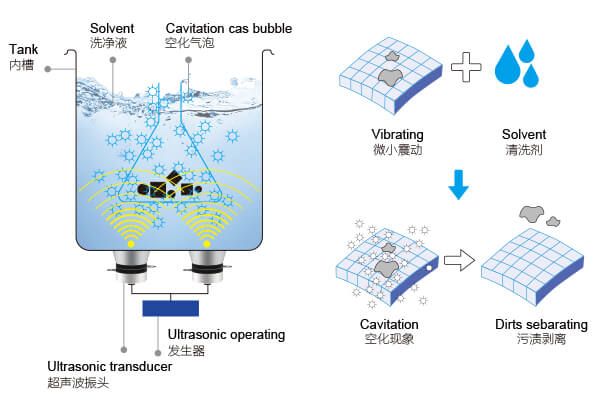
Are Ultrasonic Cleaners Safe for Braces?
That depends on the type of braces you have.
If you’re wearing removable aligners like Invisalign or clear retainers, ultrasonic cleaning is not only safe—it’s highly recommended. In fact, many orthodontists and dental hygienists use ultrasonic baths in clinics for professional-grade cleaning.
But for fixed metal braces—the traditional kind bonded to your teeth—the answer is more nuanced. While the idea of putting your whole mouth in a tank may sound absurd, the real issue is whether parts of your braces can be cleaned outside your mouth (like retainers or aligner trays) without damage.
Effect on Bonding Adhesives and Brackets
A study published in the Journal of Dental Research and Development (Lippincott‐Williams & Wilkins) compared conventional ultrasonic cleaning with newer multi-frequency methods and concluded that, when used correctly in lab settings, ultrasonic cleaning does not significantly weaken the shear bond strength of cured orthodontic adhesives
However, the same research warns that combining thermal treatments—such as flaming—with ultrasonic cleaning can significantly reduce adhesive strength, underscoring that such procedures are not appropriate for in‑mouth, bonded braces.
Considering the Materials—Metals, Elastics, Coatings
Braces and orthodontic appliances come in a mix of materials—stainless steel, nickel-titanium, ceramics, elastomeric ligatures, and plastic. Here’s how they interact with ultrasonic waves:
- Nickel-Titanium and Stainless Steel: These metals handle ultrasonic cleaning well—especially when not under tension.
- Ceramic Brackets: Generally safe if cleaned before bonding, but should not be subjected to ultrasonic energy after installation.
- Elastic Bands: These are more vulnerable. Cavitation may degrade or warp elastomeric components.
So while the metal is resilient, softer components need care. Again, the rule is simple: clean removable pieces only.
Clinical Evidence: What Studies Reveal
Peer-reviewed research has demonstrated that ultrasonic cleaning, especially when combined with enzyme-based solutions, can remove over 90–95% of biofilm from dental appliances like retainers and dentures. One clinical study published in Frontiers in Oral Health (2023) compared ultrasonic cleaning with manual brushing and found significantly greater reductions in microbial load on prostheses cleaned ultrasonically (PMC10387143). These results reinforce the effectiveness of ultrasonic systems in achieving deep cleaning—often outperforming both brushing and effervescent tablet soaking methods.
The Journal of Dental Hygiene also reported that ultrasonic cleaning significantly reduced bacterial buildup on oral appliances—suggesting it can help lower the risk of oral infections in orthodontic patients.
In professional dental labs, ultrasonic baths are used daily to clean indirect bonding trays, bracket sets, and retainer molds. The method is not only effective but also minimally abrasive, preserving the lifespan and clarity of materials like polycarbonate and acrylic.
Real-World Use Cases—Patients and Orthodontists Speak
If you search orthodontic forums or dive into Reddit threads like r/braces or r/Invisalign, you’ll find plenty of chatter about ultrasonic cleaners. For those using clear aligners, the feedback is overwhelmingly positive.
Reddit – r/Invisalign
Evidence of user satisfaction with ultrasonic cleaning:
“My trays would get nasty on a two week cycle until I got my cleaner. Less overall staining and it breaks up all the little grime.”
— WilliamMButtlickerIV, r/Invisalign (Reddit)
“100% worth it. I used to use a baby toothbrush and dish soap or hydrogen peroxide, but I bought the isonic when I was stuck in my trays for six weeks … The toothbrush worked fine but the isonic gives me peace of mind knowing it’s getting into the crevices the toothbrush can’t reach.”
— nealson1894, r/Invisalign (Reddit)
Reddit – r/braces
Additional real-world feedback:
“I just take them out to eat and put them right into the ultrasonic cleaner and then I only have to brush my teeth when I’m done eating because they are already clean.”
— alittleautomaton, r/Invisalign (Reddit)
News Feature Highlight
Tribune News Service (Jerry Zezima column)
This article recounts a patient using an ultrasonic cleaner for retainers, on the advice of his orthodontist, Dr. Andy Lin:
“The best way to clean retainers, he said, is with an ultrasonic cleaner…” (CT Insider)
These sources provide credible backing—from user testimonials on r/Invisalign to professional guidance—highlighting both personal and expert approval of ultrasonic cleaning for dental appliances.
How to Use an Ultrasonic Cleaner on Braces (Safely)
Let’s be crystal clear: we’re talking about removable appliances—not fixed braces on your teeth.
If you’re using clear aligners, Hawley retainers, Essix trays, or mouthguards, here’s a safe and effective routine:
- Rinse the item under running water first to remove surface debris.
- Fill the ultrasonic tank with warm water—ideally around 40–50°C (104–122°F).
- Add a gentle enzyme-based ultrasonic cleaning solution (usually 1–2 teaspoons per liter). Avoid foaming soaps.
- Place the appliance inside a mesh basket, not directly on the tank floor.
- Run the machine for 3–5 minutes, depending on how dirty the item is.
- Remove and rinse thoroughly with clean water.
- Let air-dry or pat gently with a lint-free cloth.
It’s that easy—and takes less time than brewing your morning coffee.
Best Cleaning Solutions and Parameters
The best solutions for cleaning braces-related items are:
- Enzyme-based cleaners: Target organic matter like plaque and saliva.
- Mild alkaline cleaners: Break down oils and residue without damaging plastic.
- Neutral pH formulas: Gentle on acrylic and polycarbonate retainers.
Avoid:
- Bleach (degrades plastics)
- Vinegar (acidic, can etch materials)
- Dish soap (too foamy, clogs cavitation)
When Not to Use Ultrasonic Cleaners on Braces
Despite their benefits, ultrasonic cleaners aren’t suitable for:
- Fixed metal braces attached to your teeth
- Freshly bonded appliances (the vibration could loosen adhesives)
- Elastic parts like ligatures or colored rubber bands
- Appliances with glued or painted-on designs (they can fade or detach)
Also, don’t clean any dental item in an ultrasonic cleaner if it’s cracked, damaged, or visibly compromised. Always consult your orthodontist if you’re unsure.
Complementary Methods—What to Pair with Ultrasonic Use
Even with the magic of ultrasonic cleaning, daily hygiene still matters. Think of ultrasonic cleaning as a deep cleanse—not a substitute for brushing.
- Brush your aligners or retainers gently with a soft brush every day.
- Use retainer cleaning tablets occasionally, especially when traveling.
- Floss and brush your teeth thoroughly before reinserting cleaned trays.
- Store your braces in a clean, dry case, not in napkins or pockets.
Pairing manual care with ultrasonic deep cleaning keeps bacteria at bay and your smile fresh.
Maintenance and Care of Your Ultrasonic Device
A clean machine equals clean results. Here’s how to keep your cleaner in top form:
- Change the solution regularly—every 3–5 uses or sooner if it looks cloudy.
- Rinse and wipe the tank after each cycle to prevent buildup.
- Avoid overfilling or underfilling, which can affect cavitation.
- Never run the cleaner empty—it can damage the transducer.
Some higher-end models include filtration circulation, which extends solution life and maintains cleaning consistency. Worth it if you clean
daily.
Cost-Benefit for Braces Wearers
A solid home ultrasonic cleaner costs between $50 and $150, depending on size and features. Add a bottle of cleaning solution ($10–$30), and your setup can last months.
When you consider the benefits—better oral hygiene, fewer white spots, longer appliance lifespan—it’s a small investment with long-term returns. For those with clear aligners or retainers, it can literally change your dental care game.
Compare that to potential dental issues caused by poor hygiene—replacements, demineralization, cavity treatments—and it’s not hard to justify.
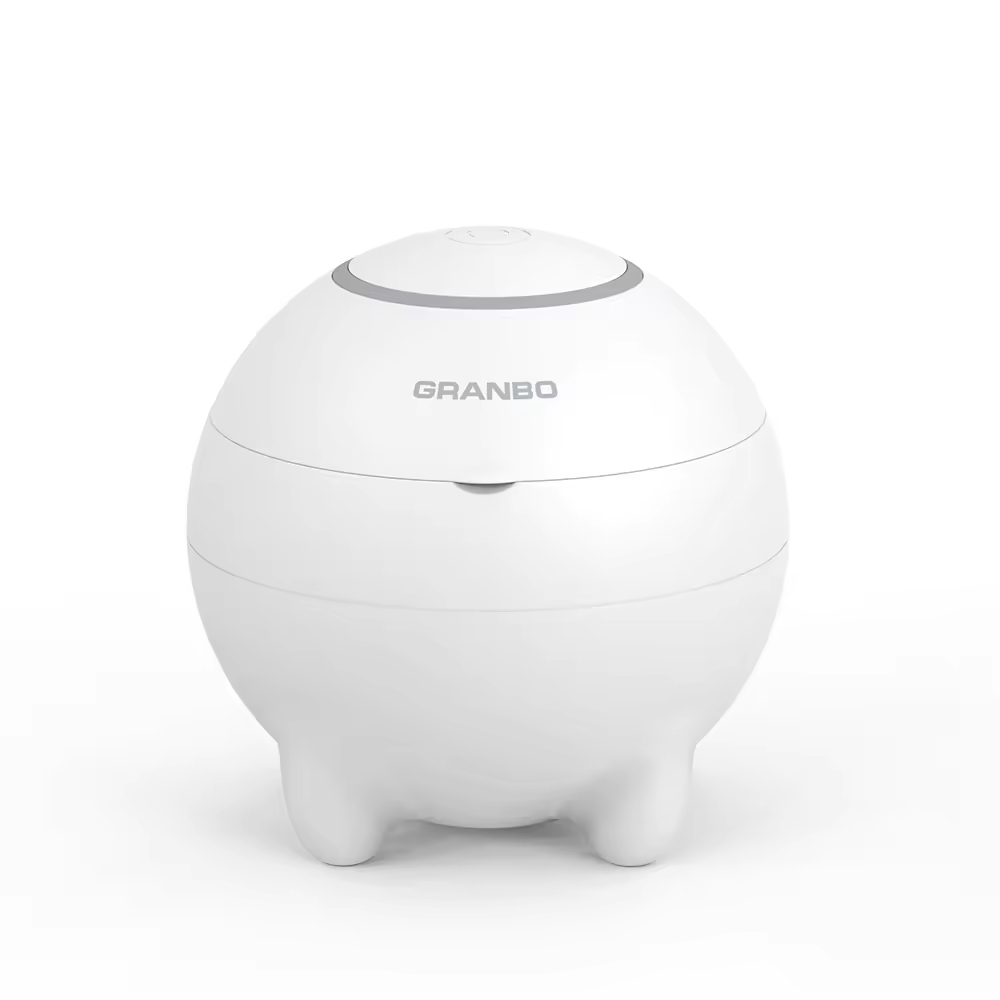
Responsible Operation at Home
Safety matters. Here’s how to use your ultrasonic cleaner responsibly:
- Always follow the manufacturer’s instructions.
- Don’t clean multiple people’s retainers at once—bacteria can spread.
- Don’t let kids operate the machine unsupervised.
- Check for wear-and-tear on both your device and your appliance.
And remember: even the best machine is only as good as the person using it.
Final Thoughts on Ultrasonic Braces Cleaning
In a world full of gimmicky gadgets, the ultrasonic cleaner actually delivers. It’s not flashy. It’s not loud. But it works—quietly scrubbing where your brush can’t reach, making your aligners or retainers not just cleaner, but more hygienic and longer-lasting.
It’s not for everyone, and it’s not a magic fix for poor brushing. But for those who wear removable braces or dental appliances and want to take the next step in care, an ultrasonic cleaner can become your new best friend—buzzing gently in the background, helping you maintain the kind of smile that’s truly worth showing off.
FAQs
1. Can I clean fixed metal braces with an ultrasonic cleaner?
No. Ultrasonic cleaning should only be used for removable appliances like retainers or aligners.
2. How often should I use an ultrasonic cleaner on my retainers?
Once every 1–3 days is ideal, depending on how much you wear them.
3. What cleaning solution should I use?
A gentle, enzyme-based ultrasonic cleaner designed for dental use. Avoid bleach or vinegar.
4. Can I use just water?
Technically yes, but for best results, use a specialized cleaning solution to break down biofilm.
5. Will it damage soft plastic or rubber parts?
It may—always remove elastic bands or ask your orthodontist before cleaning.
6. Can ultrasonic cleaners sterilize?
No, they clean deeply but don’t kill all bacteria. For sterilization, pair with a disinfectant or heat.

